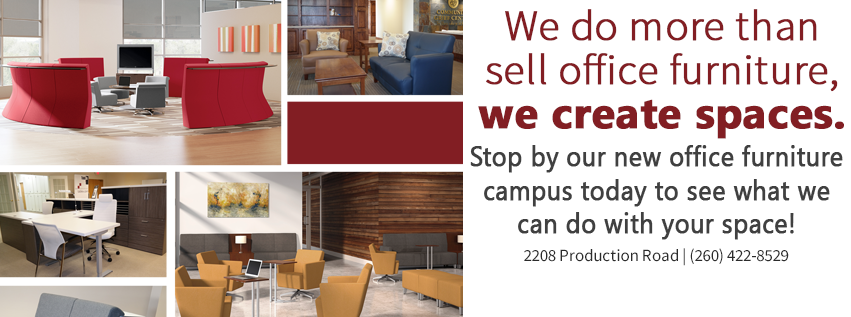It’s safe to say that the future of work is digital. In the wake of the pandemic, more companies than ever are offering remote and hybrid workplace solutions. Almost three-quarters of all U.S. companies are using or plan to use a hybrid work model in 2022 and beyond.
Of course, changing to hybrid work is easier said than done. How do you ensure that your office doesn’t lose productivity during the switch?
If you’re not sure how to make the most of your new workspace, we’ve got you covered. Here’s what you should know about creating a productive hybrid workspace for your team.
Offer Tools and Support
If you plan to offer the option of remote work, it’s crucial to be prepared for the hybrid work challenges that may crop up. Make sure you’ve taken the time to vet and test the tools you’ll be using for both synchronous and asynchronous working. This may mean finding new equipment for your office space to support hybrid work.
In terms of remote employee support, consider providing essential portable equipment like laptops, dual monitors, or smartphones. Providing a stipend for high-speed internet is also a smart move.
Create a New Floorplan
A hybrid office layout can help support your team during both in-person and remote meetings. Though every workplace has different needs, you’ll want to start by reconsidering each area.
Do you have enough collaborative spaces with the right equipment for remote work? Do your employees need assigned seats, or would it be better to try hot desking? Think about how you can use the right ergonomic furniture, offer privacy, and help your team avoid distractions in each area.
Use Thoughtful Work Schedules
One of the challenges of hybrid working is finding the right balance between a fixed and flexible in-office schedule. Rather than requiring employees to be in the office for a set amount of days or times, be thoughtful about these requirements.
Which of your meetings and activities work best in person? Which ones are just as easy to do remotely?
Brainstorming and problem-solving are often best done in-office, as is the case with engagement and team-building activities. It’s also a good idea to have staff make major decisions or learn challenging skills and strategies in person.
Rethink Processes
Processes that worked well in person may not be as effective during remote work.
Before you make the switch, reimagine your processes for a digital-first environment. This may involve finding ways to automate, streamline, or digitize your current tasks. Each process should be frictionless, meaning that it’s the same no matter where your employees are.
Focus on Engagement
When your team is scattered across the region or around the world, engagement becomes more important than ever. From boosting productivity to employee retention, there are plenty of reasons to focus on engagement. Here are a few key ways to get started:
- Offer helpful tools and support, as mentioned above
- Be transparent about your expectations
- Make communication accessible
- Give workers the same opportunities for growth they would have in-office
- Make it clear that their experiences and opinions matter
- Be flexible about employees’ needs
These tactics aren’t always easy, but focusing on them can set your employees up for greater success.
Create Your Hybrid Workplace
Though any hybrid workplace will have its challenges, the benefits far outweigh the costs. The option for remote work can offer vast opportunities for your team, boosting their engagement and productivity fast.
As you work to create your new workspace, don’t forget that we’re here to help. For the office furniture and design you need, check out the spaces we create and contact us today.

